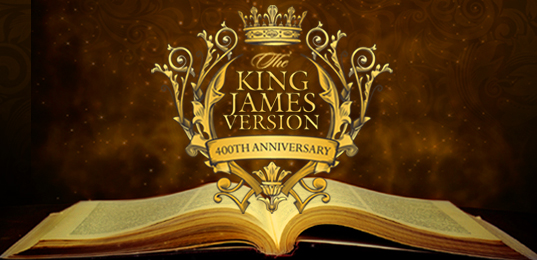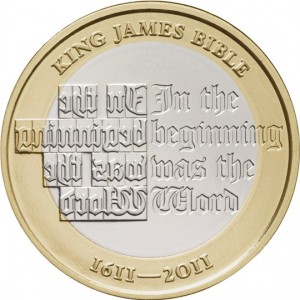Revised by The Lord knows those who are His – A Weekly scholarly contribution by anonymous author. You can reach the anonymous author via email at sj77333[at]gmail.com.
In the United States and elsewhere, the King James Bible was used as a textbook. Many people learned to read in its pages. For three hundred years, it was virtually the only Bible used in the English-speaking world. Eventually, it became the most widely printed book in history.
Though it was originally intended for Anglicans, it was adopted and embraced by a wide variety of other denominations, including Presbyterians, Congregationalists, Quakers, and Baptists. As missionaries from those (and other) denominations spread Christianity throughout North America, Africa, the Caribbean, and South Asia, they took the King James Bible with them.
The King James Bible had an almost immediate impact on Seventeenth-Century England. In many Churches and homes, the King James version replaced existing versions of scripture, including the Geneva Bible and the Bishops’ Bible. So from 1611 on, people who were literate likely grew up reading its words in their homes and in their Churches. People who were illiterate likely grew up hearing its words read from the pulpit.
The language of the King James Bible seeped into public consciousness and usage. Writers and orators incorporated its phrasing into their own works. Even people who didn’t attend church and didn’t own a Bible became familiar with it. As English culture spread, so did the influence of the King James Version.
In Acts 1:8, Jesus instructs His disciples to carry His message “unto the uttermost part of the earth.” The King James Bible did just that. It reached the shores of North America in the mid-1600s. Before the American Revolution, copies of King James Bibles were imported to the New World from England. That changed when the United States declared its independence. In 1782, an American printer named Robert Aitken gained the support of the United States Congress to print the King James Bible stateside.
Today, when Americans reach for their Bibles, more than half (55%) of them still reach for the King James Version. Many Christians were brought up with the King James Version and appreciate the familiarity of it. Its language is a part of their spiritual vocabulary.
In Psalm 119:1, David says, “Thy Word have I hid in mine heart that I might not sin against thee.” The cadence, rhythm, and flow of the King James Version has helped facilitate that “hiding” process in countless hearts. Its memorable phrasing has a timeless appeal.
Alexander Geddes, a Roman Catholic priest and translation scholar, summarized it best in 1792 when he wrote of the King James Bible:
“If accuracy, fidelity, and the strictest attention to the letter of the text, be supposed to constitute the qualities of an excellent version, this of all versions, must, in general, be accounted the most excellent. Every sentence, every word, every syllable, and every letter and point, seems to have been weighed with the nicest exactitude; and expressed, either in the text, or margin, with the greatest precision.”

Few books have had such an impact on the world as the King James Bible, a cornerstone of our culture and language. First published in 1611, its influence on the English language is still evident today and it remains one of the best-loved Bible translations.
The spirit of the King James Bible is captured on the £2 coin celebrating its 400th anniversary. Cleverly reminding us that printing concerns were at the heart of the matter in 1611, the reverse design displays the first words from the book of John – ‘In the beginning was the Word’ – in the reversed raised text of the printing block on the left and the recessed text of the printed word on the right. The words chosen for the edge inscription – ‘THE AUTHORISED VERSION’ – complete the story.




